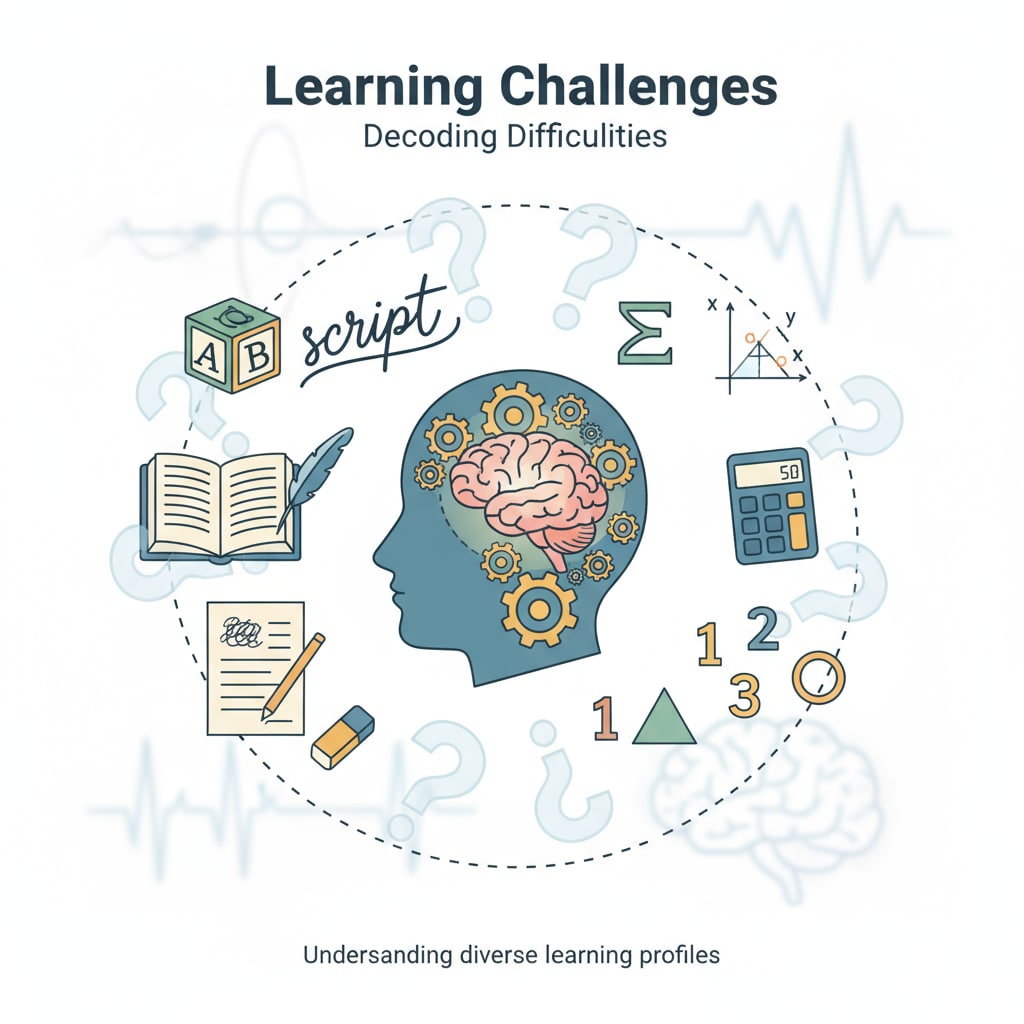Learning difficulties, anxiety, and self-doubt often go hand in hand in the lives of adolescents. These issues create an invisible yet profound burden on their academic journey. In today’s highly competitive educational environment, understanding and addressing these concerns is crucial.

The Impact of Learning Difficulties
Learning difficulties can manifest in various ways, such as trouble with reading, writing, or math. For example, a student might struggle to understand complex texts, which can lead to poor performance in exams. This not only affects their grades but also erodes their confidence. According to the American Psychological Association, learning difficulties are prevalent among adolescents and can have long-term consequences if not properly addressed.

Anxiety: A Constant Companion
Anxiety often accompanies learning difficulties. The fear of failure, disappointing parents or teachers, and the pressure to perform well can trigger intense anxiety. Adolescents may experience physical symptoms like rapid heartbeat and sweating during exams. Moreover, this anxiety can further impede their learning ability, creating a vicious cycle. As stated by the National Institute of Mental Health, anxiety disorders are common among teenagers, especially those facing academic challenges.
Self-doubt is another consequence of learning difficulties and anxiety. Students may start to question their intelligence and capabilities. They might think they are not good enough compared to their peers, which can lead to a lack of motivation and withdrawal from academic activities.
Readability guidance: Short paragraphs and lists are used to summarize key points. Each H2 section has a list to make information more organized. Passive voice and long sentences are kept to a minimum, and transition words are added throughout the text for better flow.


